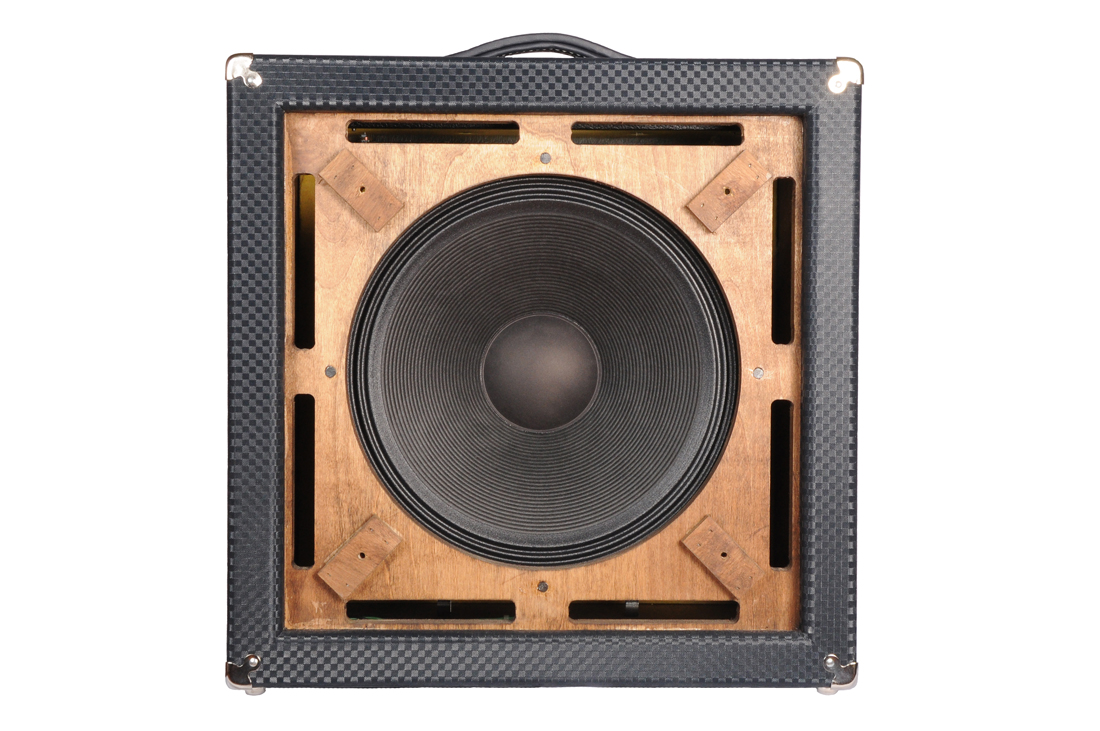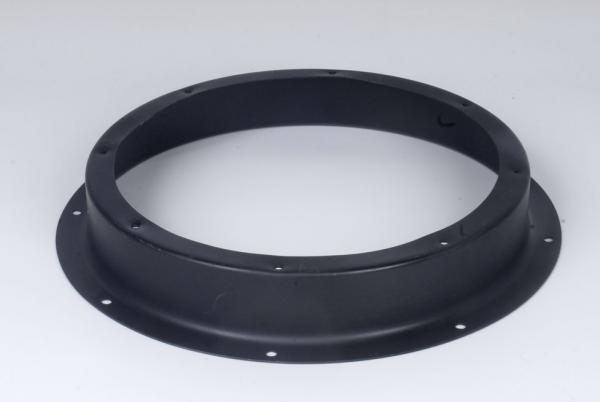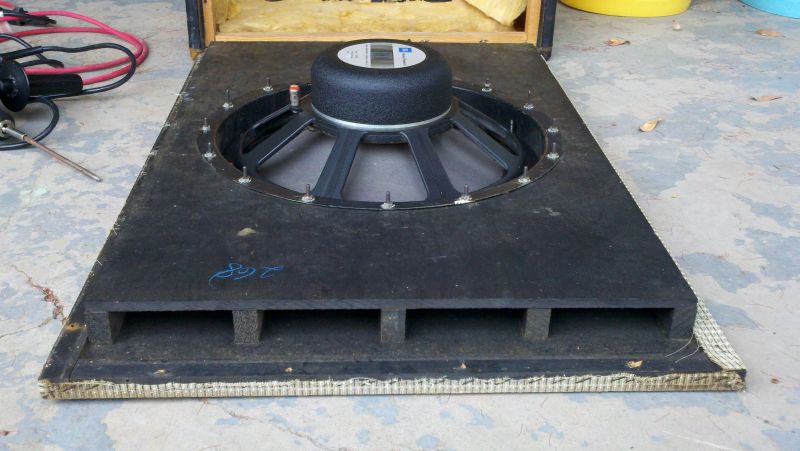A friend of mine is building his own copy of a Fender Tone Ring speaker cabinet, something I didn't know much about, so I started investigating.
It seems to me that the Tone Ring design is just a bass reflex cabinet, the unusual part being the configuration of the port such that the driver and the port share the same cabinet opening.
Or is there more to it? I ask because it seems like it's a lot of trouble to build a cabinet this way compared to a standard bass reflex cabinet. I've never encountered one in real life. I've seen this same question posted on other forums, but no one seemed to know if there were specific advantages to the tone ring design.
It seems to me that the Tone Ring design is just a bass reflex cabinet, the unusual part being the configuration of the port such that the driver and the port share the same cabinet opening.
Or is there more to it? I ask because it seems like it's a lot of trouble to build a cabinet this way compared to a standard bass reflex cabinet. I've never encountered one in real life. I've seen this same question posted on other forums, but no one seemed to know if there were specific advantages to the tone ring design.






Comment